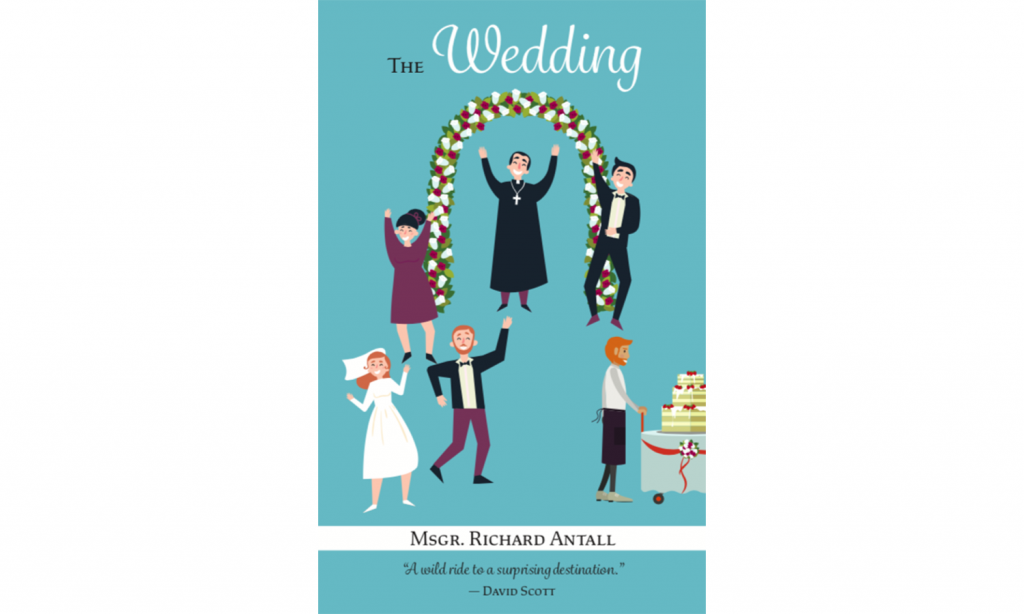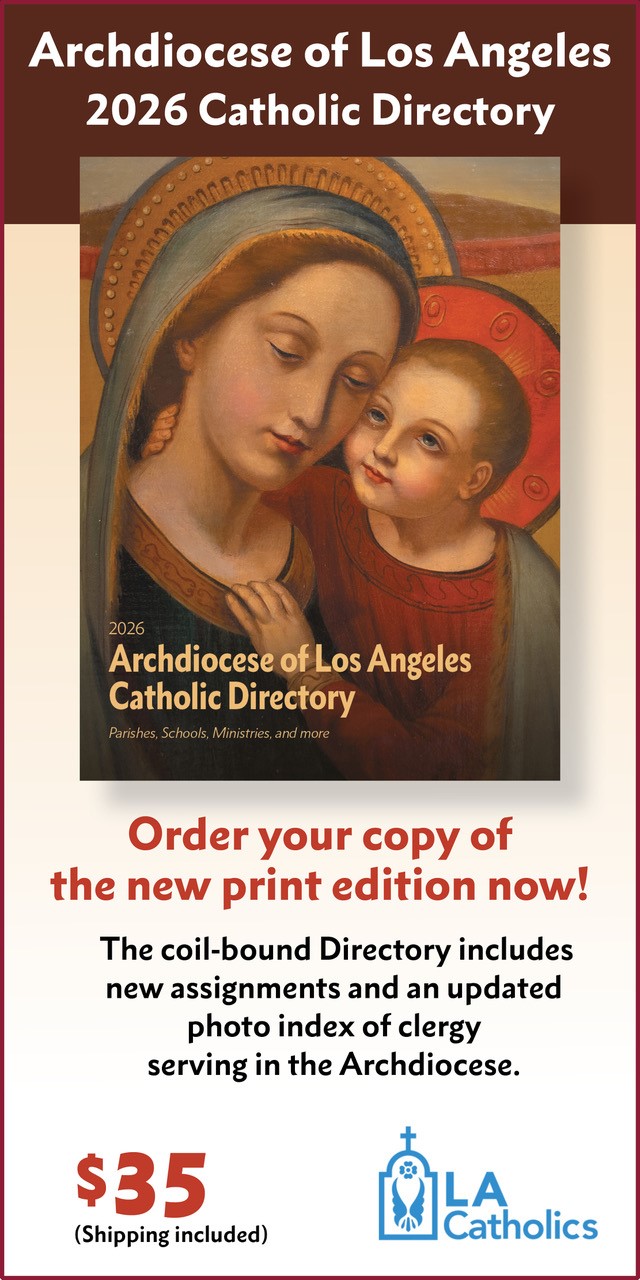Since my novel about the day — a very crazy one — in the life of a priest came out, some people have asked me whether it was true or not. “Did you make this up?” is how somebody asked the question.
In philosophy class in seminary college, we learned that only God can create “ex nihilo,” which means “out of nothing.” All human creativity deals with materials that are part of the world God created from nothing. This includes, of course, not just the physical world, but human emotions and perceptions.
I told one of my readers, who asked if I were the priest who is the main character, that the cast of characters and the plot of my novel were a mosaic of experiences and observations of people to which I had given form by pouring them all into the activity of a Catholic priest in one day of his life.
I had a story: the cancellation at the last minute of a wedding. Two priests had told me about cases like that. I tried to imagine the dynamics and the consequences of such a decision, from the point of view of the priest who was to marry the couple. After the priest, I then thought of the would-be bride and groom.
I decided for the purposes of the story that the groom wasn’t in agreement with the decision of his would-be bride and desperately wanted to talk her into going through with the vows, despite it all. For this reason, he needed to involve the priest.
The parish started to evolve around my storyline, composed of bits and pieces of memories and observations from my 39 years of priesthood.
I have worked in seven different parochial assignments and, because for some years I preached at many places around the country collecting for the missions in El Salvador, I have been in and out of various parishes and the residences of priests.

The houses priests have lived and worked in have seen a lot of humanity and its contradictions and, if, as the cliché goes, the walls could speak, you could have the scripts for any number of reality shows. With apologies to Lord Tennyson, Holy Trinity Church depicted in my novel has parts of all the parishes I’ve met.
To the basic plot of the would-be groom pursuing his didn’t-want-to-be-a-bride I added a mix of parish life with all its complexity, leaning heavily on the character of an old pastor-curmudgeon for illustrations and illuminations about the variety of religious and personal experience contained in a parish.
Priestly humor is a bit caustic sometimes, I guess. Soon-to-be-saint Blessed John Newman said some people don’t have the stomach for literature because it is the mirror of life which is not always pretty.
I have never really been enthusiastic for the shepherds having the “smell of the sheep” metaphor, but generally I think priests get a whiff of a lot more of the ironies of human life than most.
Harold Bloom, the famous critic, has said that writing is about otherness and reading is a bridge into the consciousness of another person. I wanted to give an idea of what a priest sees and feels in the whirlwind of crosscurrents in which he is inserted as in the eye of a storm.
Nobel Laureate Mario Vargas Llosa wrote that successful fiction allows us to enter another person’s subjectivity and make it possible to not only be ourselves but also to enter into the lives and consciousness of the characters the author has put together.
A friend of mine, a businessman from El Salvador, said he had never thought about what a priest would think or feel from his point of view. My book “The Wedding” is an attempt to fill up that gap.
You’ll probably have to ask your parish priest if I have succeeded in what I tried to do. The range of people and actions of the novel are kaleidoscopic, dealing with issues that are meat and potatoes of a priest’s life: marriage and family; friendship and ministry; sickness and loss; grief and love; human failure and alienation; laughter and fatigue.
I throw in some details on America before 9/11 (the novel is set on June 24, 2001, and even fit news that I researched about that day into the book), on immigrants and their lives beyond the ken of many middle-class parishioners, on drug use among the young, and the comedy of errors that sometimes takes place at a parish.

Some people told me that they stopped reading to laugh, and one priest said he got exhausted following the priest character’s activity for the day.
I chose the time frame one day, inspired by a great novel, “One Day in the Life of Ivan Denisovich,” by Alexander Solzhenitsyn, which I read for the first time in high school and had a lasting impact on my imagination.
The idea of one day was also a kind of reference to the rudiments of a classical education that were still available in the debris of my post-Vatican II philosophy course.
Aristotle, who inspired the great St. Thomas Aquinas, was still a faint echo in the halls of the seminary, and he had spoken about “the unities” for a creative work. A drama should be about a single action occurring in one place within the space of a day.
Vargas Llosa pointed out that fiction has to reduce some things to scale and presents life in a construct that is always a bit artificial. Life is too big for any book. But fiction has to package sensibility and experience in a way that makes it accessible to a reader.
Vargas Llosa wrote a book on fiction called “The Truth of Lies.” “The Wedding” is fiction meant to communicate the complicated life of a parish priest in urban America, where chaos lurks around the corner.
It’s not Georges Bernanos, whose “Diary of a Country Priest” is a classic meditation on the clerical life, nor is it like Graham Greene’s “The Power and the Glory” about the mystery of grace in the life of a “whiskey priest.”
But I think it is true to my (of course, limited and subjective) priestly experience and I hope it makes you laugh a little and perhaps say, “I never thought about what the priest might feel about it.”
Msgr. Richard Antall is pastor of Holy Name Church in Cleveland, Ohio, and author of the book “Jesus Has A Question for You” (Lambing Press, $16.95).
SPECIAL OFFER! 44 issues of Angelus for just $9.95! Get the finest in Catholic journalism with first-rate analysis of the events and trends shaping the Church and the world, plus practical advice from the world’s best spiritual writers on prayer and Catholic living, along with great features about Catholic life in Los Angeles. Subscribe now!

